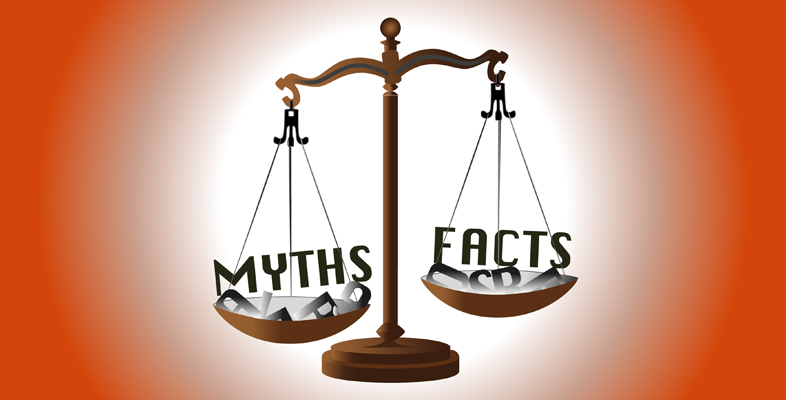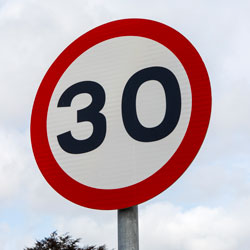5.1 Truth?
The Code of Practice for Victims of Crime (Ministry of Justice, 2015) defines a victim as:
- somebody who has suffered physical, mental or emotional harm or economic loss which was directly caused by a criminal offence
- a close relative of someone whose death was caused by a criminal offence.
Businesses and organisations may also be victims of crime.
Some crimes may not have actual victims, but pose a risk to potential victims. Consider the following extract from a newspaper report. Nobody had been injured by speeding motorists, but campaigners were concerned that they might be in future.
Box 9 Speeding on a Taunton road
Concerns about ‘reckless’ driving and ‘boy racers’ speeding on Taunton road with three schools
Concerns have been raised about ‘reckless’ driving and ‘boy racers’ speeding on a residential road in Taunton. […]
[An unnamed resident] said there have been incidents where people have been hit by vehicles while crossing the road. He believes it is ‘only a matter of time’ before a child is seriously injured or even killed.
‘My wife rushed to help a little boy who was knocked off his bike while crossing the road’, he said.
‘Nobody was at fault here, but that just goes to show how risky it is driving at excessive speeds here […]
‘Should we have speed bumps, speed cameras, or a 20mph speed limit? It’s only a matter of time before a child is killed, in my opinion.’
Brenda Weston, a Labour councillor for the Priorswood area […] added:
‘I am a part of the 20’s Plenty For Us campaign and I think Cheddon Road is an area that needs it.’
‘There are a lot of older and young people who walk up and down the road. There are also a lot of cyclists, like myself, and they need to be protected. […]’
A spokeswoman for the 20’s Plenty For Us campaign, a movement aimed to lower speed limits to 20mph in residential areas, believes a lower speed limit will help protect children crossing the road and has more than just safety benefits.
She said: ‘[…] 20mph means actual, and perceived fear of, harm to kids reduces. Stopping distances halve from 30mph to 20mph and survival rates rise by 7–10 with 20+ per cent fewer casualties.’ […]
For many crimes, the victim is not (or not only) an individual, but society as a whole. For example, if there is a series of violent robberies in a town, the people who were robbed are the immediate victims. However, many other people in the town will feel less safe and may change their behaviour as a result.

